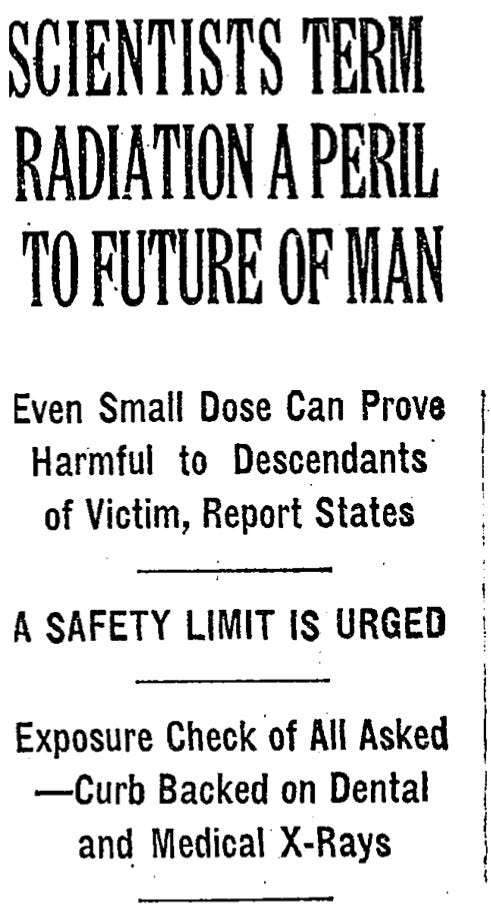A syllabus for nuclear power
A reading list about making nuclear power cheaper and faster
Read the latest issue of Works in Progress here. This August, Works in Progress is hosting another ‘Invisible College’: a week-long residential seminar in Cambridge for people aged 18–22. Read more and sign up here.
Earlier this year, the UK Government announced its intention to create a Nuclear Regulatory Taskforce to pull down the barriers holding back the UK nuclear industry. It was reported this week that John Fingleton, former chief executive of the Office of Fair Trading, is set to be named as the taskforce’s chair.
As the taskforce gets to work, we present a reading list we’d recommend for its members, or anyone looking to better understand the importance of nuclear and how to get back to cheap, safe and fast nuclear power, wherever they are in the world.
1. In Georgia, pressurized water reactors Vogtle 3 and 4 came online in 2023, arriving seven years late and $17 billion over budget. This apparently was driven by a shortage of experienced personnel, incomplete design, a new regulatory certification process, supply chain delays, and the bankruptcy of the original engineering, procurement, and construction provider. This is nicely documented by this deep dive. The Clean Air Taskforce also has a punchy set of Vogtle lessons. For a broader look at the problem of why nuclear power plants cost so much to build, Brian Potter at the Institute for Progress has you covered.
2. For an account of why the nuclear industry failed to live up to its 1950s promise of ‘energy too cheap to meter’, read Jack Devanney’s Why Nuclear Power has been a Flop. Devanney tells the story of how weak scientific evidence and a regulatory ratchet drove up the cost of building new nuclear power plants. The chief villains of the piece are the Linear No Threshold hypothesis (LNT) and a regulatory standard known as ALARA, or As Low As Reasonably Achievable. These are the interlinked notions that there is no ‘safe’ level of radiation exposure (whether it’s from background radiation, normally operating power plants, or releases of radioactive materials during accidents), and that harm scales linearly with dose, therefore any ‘reasonable’ measure that can reduce exposure should always be implemented. Devanney makes a compelling case that all three elements of that statement aren’t true. You don’t have to agree with all of Devanney’s analysis (and I don’t) to get significant value from it. Jason Crawford has a helpful summary over at Roots of Progress.
3. While the US has been the world’s biggest net export of bad regulatory principles around nuclear, there is a distinct UK element to the story. This seems to have come from a prioritization of flawed indigenous designs over better international ones, bad project management, and a botched privatization which cost the UK its former nuclear leadership position. I’m less down on the advanced gas reactors than the author, but think this is directionally correct.
4. In the long-term, we need to make it easier to build new nuclear power stations, but extending reactor life and reviving old power stations offers a short-term fix. Both of these pieces drive home the relatively low costs involved, the short timelines to bring plants back online, and the significant economic upside. For example, there are nine reactors in Germany that are still in the early stages of decommissioning – reviving just these would meet 18 per cent of the country’s energy needs.
5. Maybe smaller reactors are beautiful, although we’d need a series of regulatory changes we’d need to smooth the path to their deployment. Many of the measures proposed in this paper from Eamonn Ives, including mutual recognition of designs with trusted regulators, streamlining environmental permitting, and cutting consent timelines also align with recommendations in the Tony Blair Institute’s report on unlocking nuclear power for AI data centers.
6. Either way, smarter regulation is part of the solution. Part of this will come from general improvements to the cumbersome system of environmental consents that gum up planning and streamlining regulatory approvals. There’s also scope for more creative reforms as well. For example, could the US consider transferring some elements of nuclear regulation, which don’t concern containment and proliferation, to the states to facilitate healthy competition?
7. Much of the regulation that determines safety standards on radiation stems from decades-old controversies about fall-out from nuclear weapons testing. Elements of Controversy provides a scrupulously fair history of the Atomic Energy Commission. The AEC was the first US nuclear regulator and had the awkward dual mandate of promoting and regulating both nuclear power and weapons testing. Its bias towards secrecy helped fuel anti-nuclear sentiment among many scientists, even though there’s little evidence that fall-out from weapons tests caused real harm to the American public. It’s a fascinating case study in how (not) to navigate on emotive scientific questions.
8. If you need a break from the intricacies of nuclear power, it’s worth remembering why cheap and abundant energy matters. In short, energy is the fundamental constraint on humanity's physical capabilities, determining what we can build, transform, and accomplish in the material world. Abundant, cheap energy would enable us to overcome environmental challenges, eliminate resource scarcity, and unlock technologies that seem magical by today's standards, according to Benjamin Reinhardt in a special edition of Works in Progress.
Alex is an editor at Works in Progress, focused on AI and energy. He’s also the author of Chalmermagne, a Substack covering technology, policy, and finance.




